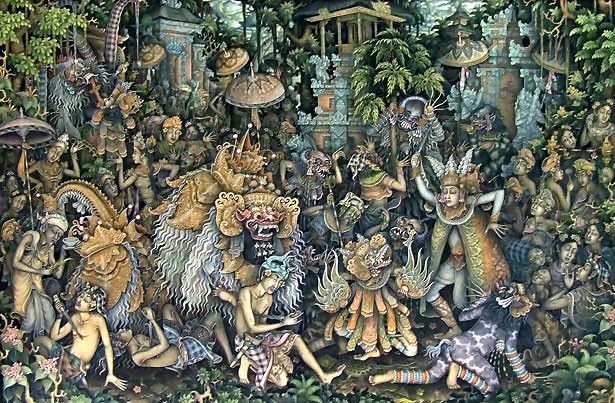Bali is more than just a paradise of pristine beaches and lush landscapes; it is a living gallery of art and culture. The island’s rich artistic heritage has been passed down through generations, serving as a reflection of its spiritual depth and communal values. From intricate dances to masterful sculptures, Balinese art forms offer a window into the heart of its people and their harmonious connection with the divine.
Exploring Balinese art is an immersive journey into creativity, tradition, and storytelling. Whether it’s through the vibrant strokes of a painting, the rhythmic beats of gamelan, or the graceful movements of a dancer, every art form in Bali carries profound meaning. This article highlights five iconic Balinese art forms that showcase the island’s cultural richness and timeless beauty.
Bali is known as an island rich in art and culture. Art in Bali is not only an integral part of daily life but also a medium to express beauty and spirituality.
Balinese Art Forms The Soul of the Island of the Gods
Here are five Balinese art forms that are the pride of the Island of the Gods.
1. Traditional Balinese Dance
Traditional Balinese dance is one of the most renowned art forms in the world. Dances such as Legong, Barong, and Kecak are often performed during religious ceremonies and for tourist entertainment. The meaningful movements combined with magnificent costumes and gamelan music create an unforgettable visual and spiritual experience.
These traditional dances are an essential part of Bali tour activities that attract many visitors. Numerous tourists come to Bali to witness dance performances at iconic venues like Uluwatu Temple or art villages in Ubud.
2. Balinese Painting
Balinese painting is uniquely characterized by depictions of daily life, folklore, and Hindu mythology. Traditional painting styles like Kamasan use soft color palettes with fine lines, while modern styles are more exploratory and vibrant.
Visitors to museums or art galleries in Bali, such as the Antonio Blanco Museum in Ubud, can learn about the evolution of Balinese painting. After activities like mount batur sunrise trekking, exploring art galleries can be a relaxing and enlightening experience about local culture.
3. Sculpture and Carving
Balinese sculpture and carving are often seen in temple ornaments, statues of deities, and home decorations. Materials such as volcanic stone, wood, or even bone are used to create beautiful and meaningful works of art. Balinese artisans are highly skilled in creating intricate details and spiritual symbolism.
Villages like Mas and Batubulan are famous as centers for sculpture and carving in Bali. Many visitors come to these villages to witness the process of creating artworks, which is a highlight of various Bali tour activities.
4. Weaving and Batik Art
Balinese weaving and batik art combine beauty and tradition. Textiles such as songket are often used in religious ceremonies, while Balinese batik features unique patterns that differ from Javanese batik. The creation process involves high craftsmanship and often uses natural dyes.
Visitors interested in this art form can join textile workshops to learn about the weaving and batik-making processes. These workshops are often part of cultural experiences in Bali, offering participants the opportunity to create their own pieces.
5. Music and Gamelan
Balinese gamelan is a form of traditional music that plays a vital role in religious ceremonies and art performances. Instruments like gongs, drums (kendang), and cymbals (ceng-ceng) create a unique and profound harmony. Gamelan music often accompanies traditional dances and Balinese theatrical performances.
Guests can enjoy the sounds of gamelan at various cultural events or even try playing it through short classes. For those who have already experienced the breathtaking views from mount batur sunrise trekking, listening to gamelan is the perfect way to absorb Bali’s tranquil cultural essence.
These five art forms are not only part of Bali’s identity but also connect the local community with their ancestral traditions. By exploring these arts, visitors can gain a deeper understanding of Bali’s rich culture and spirituality.








